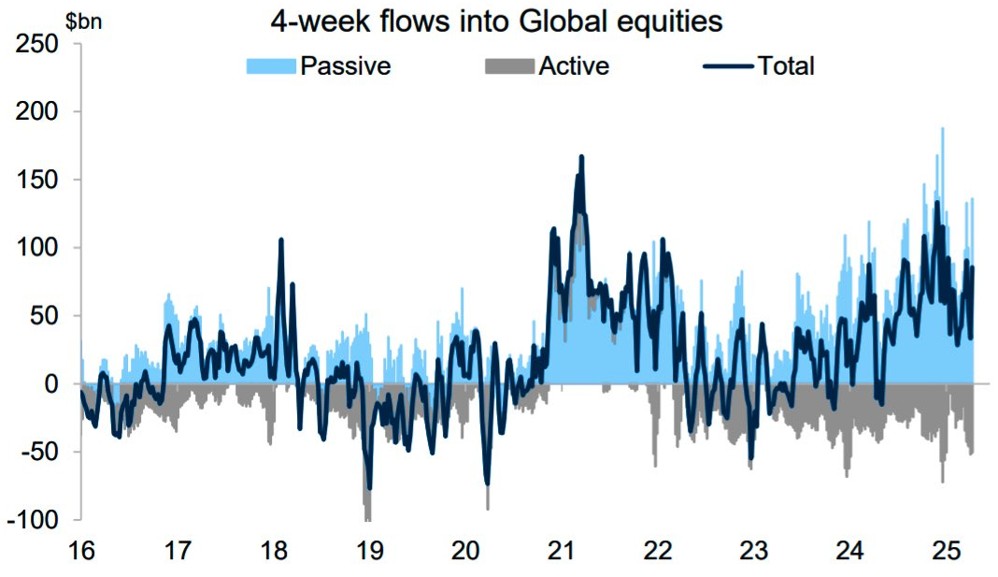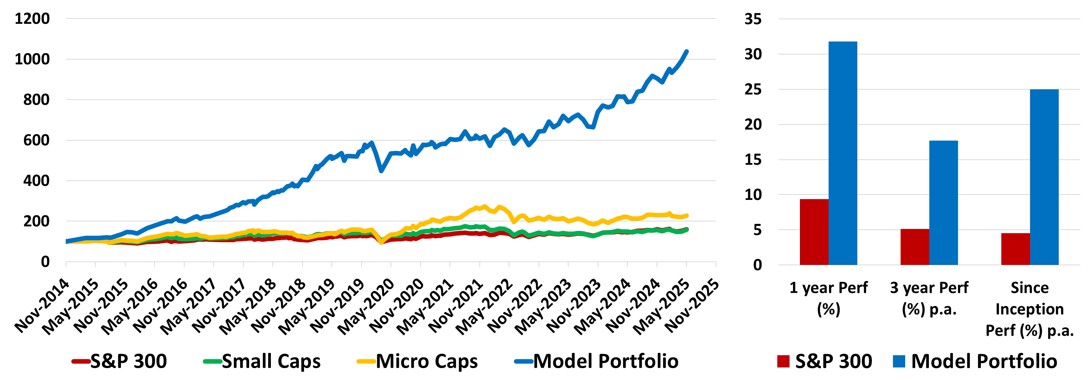Growth At Reasonable Yield (GARY) delivering active outperformance in volatility
Macro Cycles
The U.S. economic slowdown became more apparent after Q1 GDP was revised down further from -0.2% to -0.5%, even as core inflation came in higher than expected. Similar to trends seen in some emerging markets, the U.S. appears to be revising weak data in hindsight to support more optimistic narratives—effectively pressuring the Federal Reserve to maintain its current stance despite worsening fundamentals. Amid the ongoing tug-of-war between trade tensions and Middle East conflict, the U.S. is left with limited tools to address its deep-rooted structural challenges. The most probable outcome is a renewed reflation cycle, driving up both debt and deficits. In Australia, the RBA’s efforts to improve housing affordability through rate cuts have instead inflated property prices, weakened the currency, and added inflationary pressure through yield differentials. Both the U.S. and Australian economies are now grappling with widening imbalances, as policymakers rely on short-term fixes while sidestepping the broader structural reforms needed for long-term stability.
Policy Outlook
Seasonal asset allocation shifts have led to modest pullbacks in Gold and Energy, though both sectors maintain a strong medium- to long-term outlook. Food-related assets continue to gain momentum, supported by persistent supply-side pressures linked to geopolitical conflict and climate-related disruptions. In the U.S., the scope for effective policy intervention is narrowing, with the most probable trajectory leading toward stagflation—driven by escalating debt and fiscal deficits. This dynamic is disproportionately impacting the lower-income population, dragging much of it further into recessionary conditions.

Data Analytics and AI takeaway
Growth to value rotation expected to continue with rising geopolitical and stagflation risks. Gold, Food and Energy remains the preferred commodity exposures while Value, dividends, profitability and size remain the preferred factors.
Investment Strategy
Yield investing in today’s high-risk macroeconomic environment requires a data-driven, balanced approach—especially as U.S. policy decisions continue to fuel inflation and interest rate uncertainties. Factors such as weaker government spending, shifting policies, and geopolitical tensions have heightened economic volatility, making the Federal Reserve’s hawkish stance on interest rates a key driver of fixed-income investments and yield-bearing assets.
In this landscape, investors face a critical challenge: balancing income generation with capital preservation. While high-yield bonds and dividend-paying stocks offer attractive returns, they also come with heightened exposure to market fluctuations and default risks. Meanwhile, conservative options like Treasury bonds provide stability but may struggle to keep pace with inflation, particularly if price pressures intensify.
The Growth at Reasonable Yield (GARY) strategy remains a compelling approach in this uncertain environment, catering to investors seeking a balance between income and risk management. By prioritizing adaptability and strategic positioning, Deep Data Analytics’ GARY strategy delivers consistent premium outperformance over the long term—helping investors navigate elevated interest rates, slowing growth, and geopolitical uncertainty with confidence.
Portfolio Strategy
Global equities firmed into quarter‑end, even as the macro backdrop remained captive to Washington’s policy whiplash. The week began with U.S. airstrikes on Iran—triggered by an unverified nuclear scare that echoed an earlier Israeli claim—and ended three days later with every party declaring victory in what social media branded a “World War III.” Subsequent intelligence suggested the operation achieved little: Tehran’s token, pre‑signaled retaliation underscored how choreographed the clash was, and independent experts doubted the existence of any imminent Iranian atomic threat. If one did exist, the neatly timed strikes plainly failed to neutralize it, and analysts now warn Iran could restore its program within months.
No sooner had a cease‑fire been reached than Washington pivoted to new trade‑war threats against Canada and the EU, while also floating fresh strikes on Iran as domestic policy frustrations mounted. The Federal Reserve, confronted by its preferred inflation gauge rising faster than expected, signaled an extended pause—forced to watch from the sidelines even as fundamentals deteriorate. On Capitol Hill, a politically laden tax‑cut package nearing passage is forecast to add roughly US $5 trillion to federal debt over the next decade.
With inflation accelerating, trade tensions unresolved and Middle‑East risk still simmering, equity valuations—already buoyed by multiple expansion—face a stern test. Seasonal rotation and tax‑loss selling have opened selective entry points, yet stretched multiples and mounting stagflation fears make rigorous risk management imperative.
Model Portfolio
The best performers from the current holdings over the last year in the Growth At Reasonable Yield (GARY) Top 10 are: Regis Resources (ASX: RRL), Evolution (ASX: EVN), Codan (ASX: CDA) and Telstra (ASX:TLS).

Note: DDA may or may not have made changes to the model holdings since last update. The data driven model portfolios will continue to evolve with the economic and market cycles.
5 topics
4 stocks mentioned

